Sure, the penis plays an important role by actually firing out sperm, but a whole lot is happening before that moment.
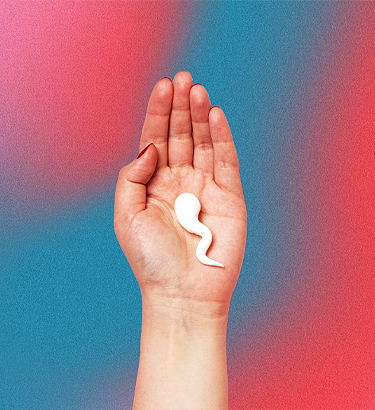

Reproduction and the Penis: An Owner's Manual
For centuries, parents have invented bizarre, euphemistic fairy tales to discuss sex with their kids. From stories of "birds and bees" to mythological storks capable of hatching bouncing, human babies, there's no wonder so many of us are still in the dark when it comes to the actual mechanics of reproduction.
Growing up brings the realization that reproduction is as much a political minefield as it is a conversational taboo.
As abstinence groups campaign against inclusive, pleasure-focused sex education and politicians nationwide ruthlessly erode abortion rights, the bare-bones conversations get lost in the noise. Myths still reign supreme, especially when it comes to the role of the penis in the reproductive process, so here's a brief, judgment-free free primer on everything you need to know—without a fictional bird in sight.
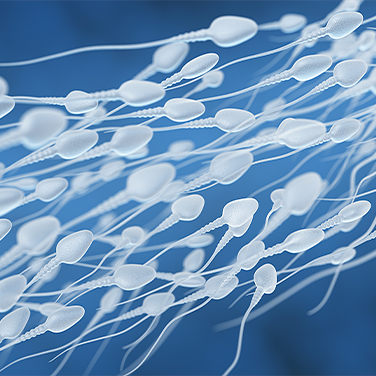
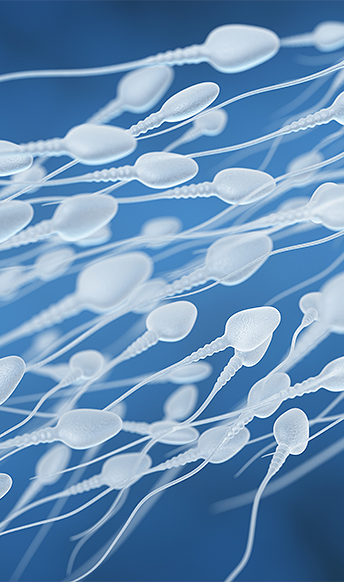
When it comes to reproduction, we tend to focus solely on the money shot. Sure, the penis plays an important role by actually firing out sperm, but a whole lot is happening internally before that point.
After puberty, the testicles begin to produce millions of sperm cells every day, each of which tends to measure around 0.002 inches long. Tiny tubes called seminiferous tubules contain the germ cells that various hormones—including testosterone, also secreted by the testes—turn into sperm. These then divide and change until they resemble the tiny white tadpoles you've probably seen on TV, a process that usually takes around two and a half months.
Another star player in the reproductive system is the epididymis, a long, coiled tube that appears behind each of the testes. There are three sections to this: the head, the body and the tail. The head is where sperm is stored until it's ready to undergo maturation; the body is where sperm matures; the tail connects to the vas deferens, which transports sperm to the ejaculatory ducts, ready for takeoff.

After months of internal preparation, the penis acts as the vehicle to ejaculate this prepped-and-ready sperm through the urethral opening.
First, you need an erection. This process starts in your nervous system, which fires out horny neurotransmitters when you're sexually aroused. The blood vessels of the corpora cavernosa—the spongy, erectile tissues in the shaft of your penis—start to relax and open up, allowing blood to flow in and fill them. The blood gets trapped and causes the shaft to swell, gradually hardening your dick.
When your penis is well and truly stimulated for sexual activity, the sperm mix with seminal fluid (made in the prostate and the seminal vesicles) to form the semen you ejaculate. Rhythmic muscle movements propel the semen, which contains up to 500 million sperm out, through the urethra. If you're having sex with the intention of reproduction, this sperm then travels inside your partner to hopefully fertilize their eggs and kick off the baby-making process.
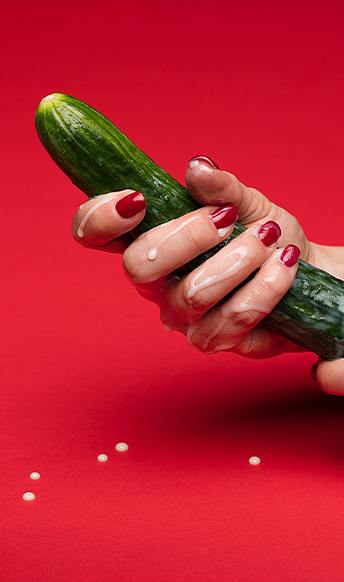
When your penis is well and truly stimulated for sexual activity, the sperm mix with seminal fluid to form the semen you ejaculate.
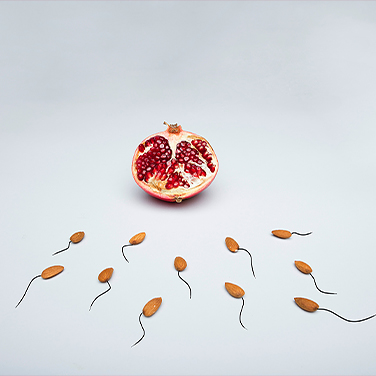

Now you know what's going on internally, it's time to ask the burning question: What should healthy semen actually look like?
The seminal fluid itself should be "cloudy and grey-white in color," according to Los Angeles urologist Paul Turek, M.D, whereas the sperm will be "lumpy, like tapioca." Pay close attention to the hue of your goo: yellow or green semen can be a sign of infection or that it's time to give your bong a break, whereas red semen—although it's usually harmless, especially in younger penises—could indicate inflammation of your prostate or reproductive glands.
As for your fertility, there's no real way of knowing by looking. "There are no visible signs to a partner upon ejaculation that a man is fertile," clarified Allan Pacey, Ph.D., a professor of andrology at the UK's University of Sheffield with an extensive fertility research background. "There is no relationship between the appearance or volume of semen and the number of sperm it might contain."
'There is no relationship between the appearance or volume of semen and the number of sperm it might contain.'

When it comes to reproduction, things don’t always go smoothly. "Among people trying to conceive in the U.S., 15 percent are unable to after one year of trying," Turek explained. "So fertility issues in America are about half as common as diabetes."
When it comes to sperm, the most frequent issue is poor sperm motility, followed closely by low sperm count. Don't panic: These problems can usually be remedied, and alternatives to conventional reproduction such as IVF and surrogacy are increasingly viable for couples of all descriptions. "The most common reason [for these issues] is a clinical varicocele," Turek explained, describing it loosely as an enlargement of veins within the scrotum that can be "fixed surgically within an hour or so."
A handful of other causes include low testosterone levels and testicular cancer, as well as certain medications, such as anabolic steroids, and long-term medical treatments, such as chemotherapy. There are lifestyle choices you can make to lower these risks—fewer hot baths, a healthier diet, quitting smoking—and prenatal vitamins, but as infertility is relatively common, scientists are constantly working to understand the causes and improve treatment.

Lifestyle choices like fewer hot baths, a healthier diet or quitting smoking can help lower your risk of fertility issues.


Women spend decades of their lives swatting away intrusive questions about their "biological clock," but men largely aren’t subjected to this same level of scrutiny. As a result, there's a lingering misconception that women "dry up" as soon as menopause hits whereas men remain comparatively virile.
This isn't true, yet it's a myth so prevalent that one 2011 study published in Reviews of Urology addressed it bluntly, summarizing: "The idea that robust fertility for a man will continue well past a woman’s decline in fertility is untrue." Levels vary from dick to dick, but sperm motility and morphology both tend to decrease with age, as does sexual function—experts have estimated that 50 percent of men over 40 experience at least some degree of erectile dysfunction (ED), which complicates the logistics of insemination for obvious reasons.
'The idea that robust fertility for a man will continue well past a woman's decline in fertility is untrue.'









